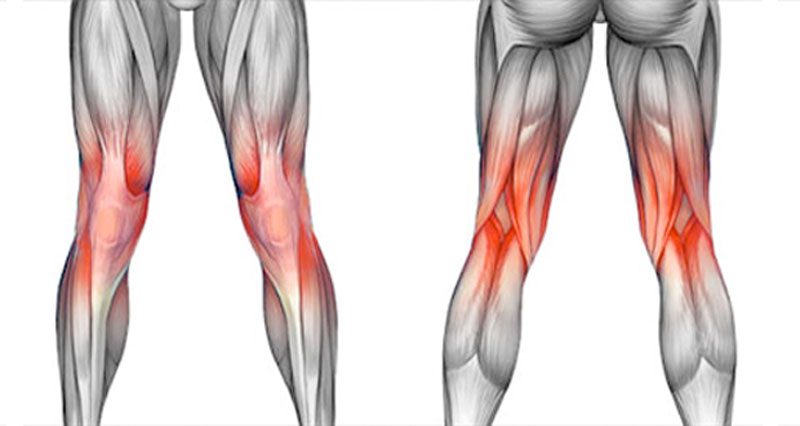Do you know that the largest joints in the human body are in your knees? Taking on their fair share of impact, these joints can only take so much.
You may know your body, including your knees, and your activity limits; but how well? For instance, you’re motivated, you’re moving and grooving with your activity of choice when OUCH! now you have pain in your knees. But you sucked it up, pressed-on, and have more pain.
What do you do? Do you risk making your pain, and the condition causing it, worse? Moreover, do you know if your knee condition is structural or inflammatory?
How can you tell the difference between structural and inflammatory knee problems? According to Charles Bush-Joseph, MD (Rush University Medical Center), Structural damage is present when knees are visibly swollen or cannot get into a squatting position with knees at 90-degree angles. Inflammatory damage is over-use of your knees caused by improper lifting of heavy objects, poor flexibility, bad shoes, muscle weakness, or starting a high-impact fitness routine without warming-up.
The Key? Know your limits. Knee pain is not discriminatory, “It can happen to anyone at any age,” says Bush-Joseph.
What’s next? STOP! Always let pain be your guide. If you start having pain, temporarily discontinue the activity. If your pain lasts longer than 2-weeks after starting back up, it’s a good idea to consult your physician for a proper diagnosis and treatment.
Remember movement is the key to your freedom! Staying active helps control weight and build muscle, both of which can help protect your knees from further damage when done properly. Because healthy, strong pain-free knees can make all the difference in the world!

